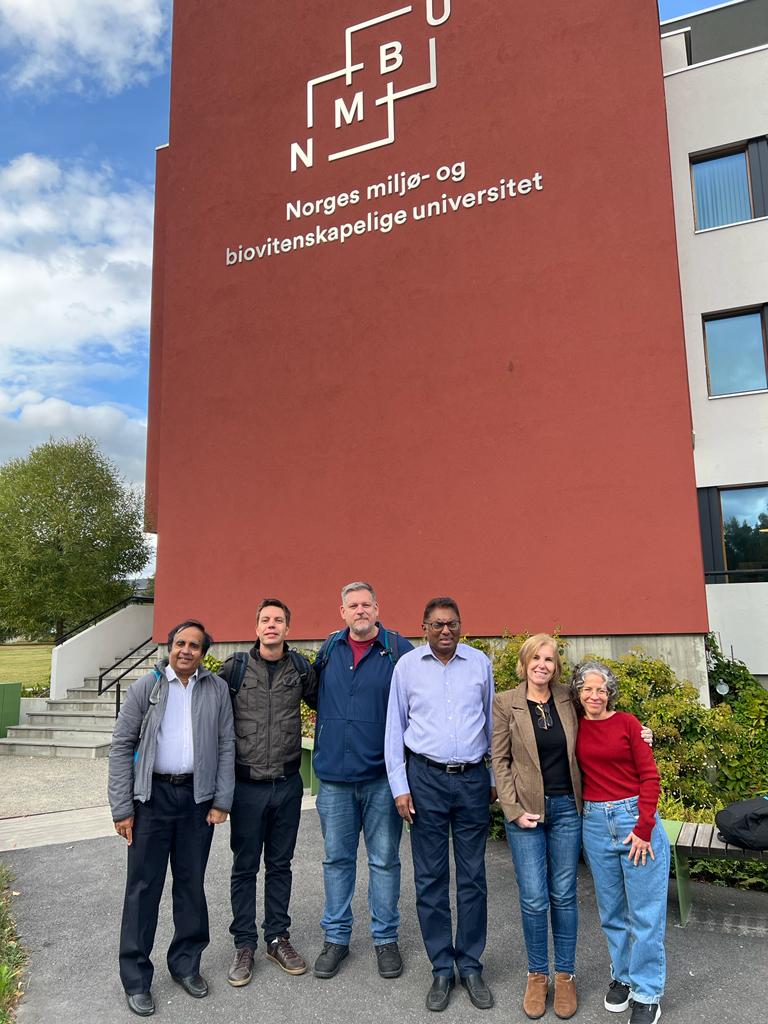PATCHER- Protecting aquatic ecosystem and human health from micropollutants
The overall idea of the PATCHER project is to protect the aquatic ecosystem and human health from micropollutants by preventing their release into the environment at the source – wastewater treatment effluents.
About the project
The vision of PATCHER is a water-secure world where the challenges stemming from micropollutants are tackled, securing human health and wellbeing. The project establishes long-term cooperation between Norwegian and Brazilian institutions in the field of monitoring, tracking and treatment of water micropollutants.
The overall idea of the project is to protect the aquatic ecosystem and human health from micropollutants by preventing their release into the environment at the source – wastewater treatment effluents.
The project addresses three research areas:
- Understanding the fate of micropollutants in biological wastewater treatment processes and the aquatic environment;
- Combining target and effect-based analysis for real-time monitoring of micropollutants in water;
- Adaptation and control of wastewater treatment processes as the source of micropollutants in ecosystems.

PATCHER develops two unique programs for university – Blended Mobility and Joint Student Research Opportunities.
Both programs actively involve master students in research-based educational activities. Project partners will be also doing research co-programming supporting collaboration with business and public sectors through sandpit blended workshops.
The project is organised in 5 work packages delivering recruitment of students, MSc theses, joint scientific publications and conference presentations, international research summer schools with virtual mobility, sandpit blended workshops with business and public stakeholders, joint conference sessions.
The project reinforces four research projects ongoing at NMBU addressing water reuse and recovery of resources from wastewater. Partners are joining with unique complementary expertise on target, effect-based and real-time analysis of micropollutants as well as with knowledge and experience on treatment methods: oxidation and electrooxidation, membrane filtration, advanced oxidation processes, adsorption and electrocoagulation.

